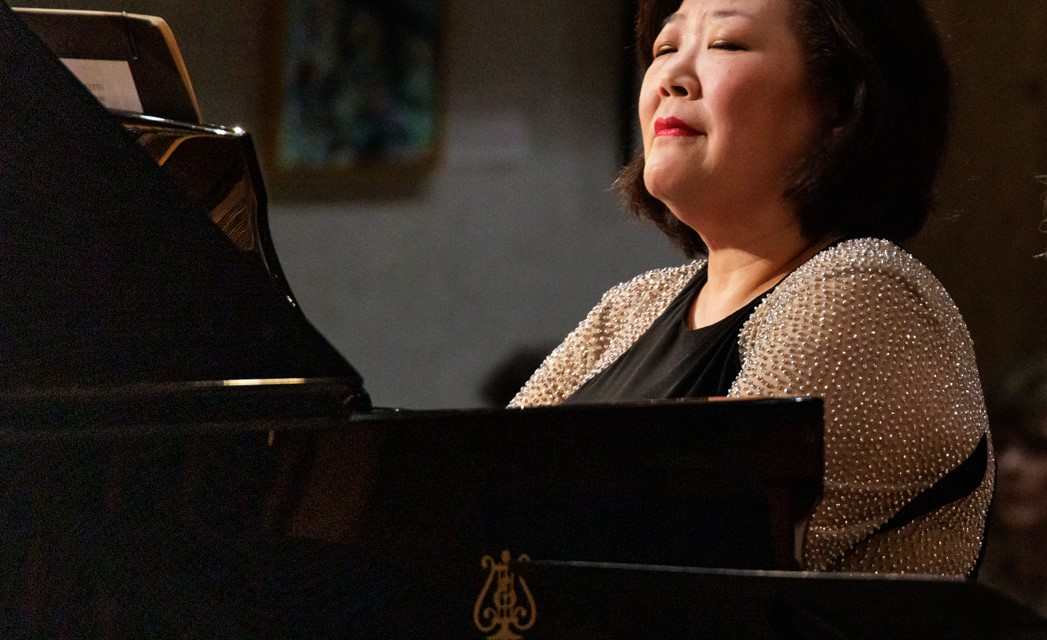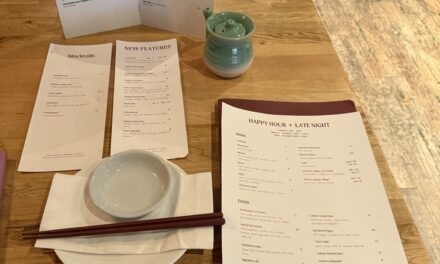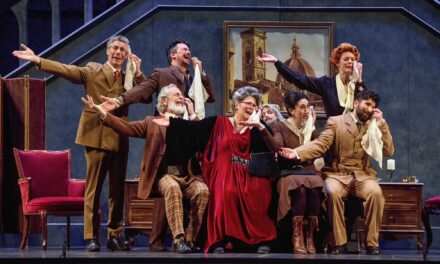Renowned Canadian pianist Angela Cheng returns to her childhood city
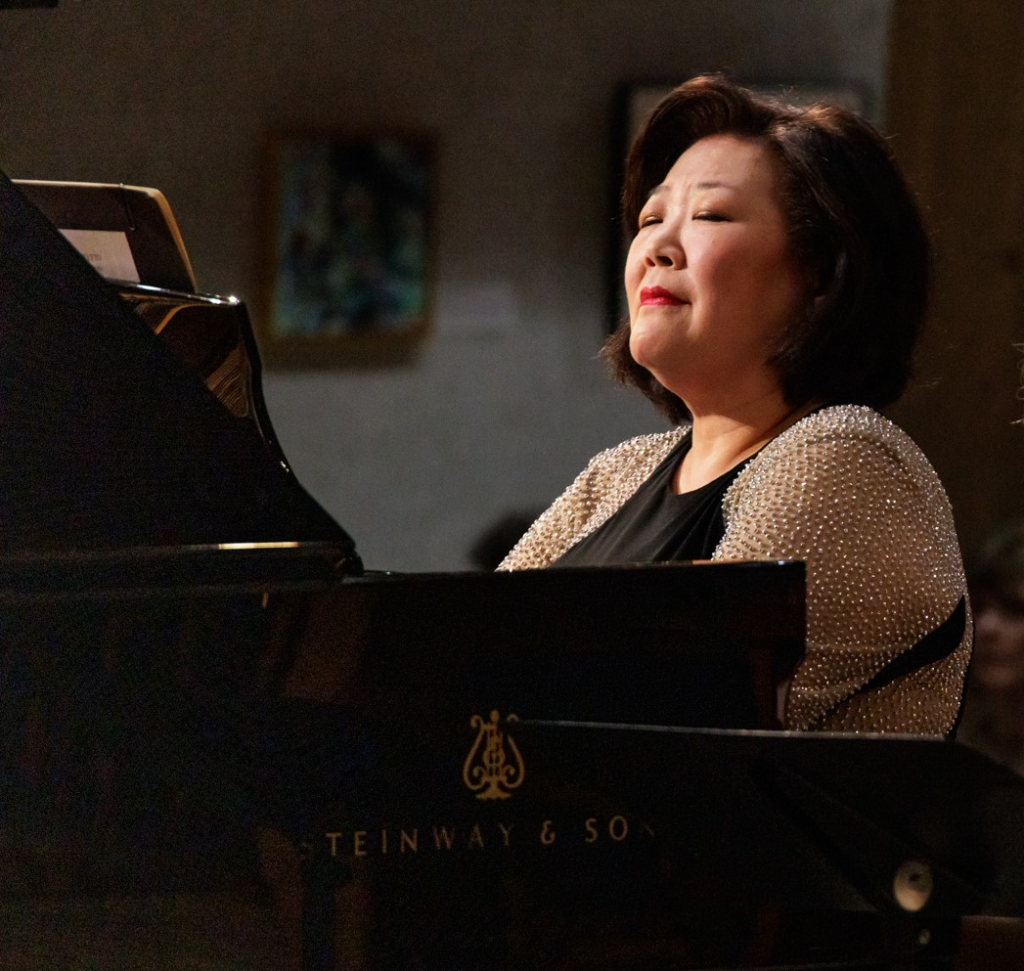
Wolfgang Amadeus Mozart: Piano Sonata No. 10 in C Major, K. 330
Grażyna Bacewicz: String Quartet No.1
Antonín Dvořák: Piano Quintet No.2 in A Major, Op.81
Angela Cheng (piano)
Garneau String Quartet:
Robert Uchida (violin)
Laura Veeze (violin)
Keith Hamm (viola)
Julie Hereish (cello)
Muttart Hall, MacEwan University Conservatory of Music
Monday, January 13, 2025
There was not an empty seat in Edmonton’s Muttart Hall on January 13, when the Canadian pianist Angela Cheng returned to her roots, joining the resident Garneau String Quartet in the third of the Quartet’s current season series.
For although Cheng was born in Hong Kong 65 years ago, she grew up in Edmonton, and actually studied in Alberta College’s Conservatory of Music, on whose campus the Muttart Hall was built in 1992. There was a poignant element to this homecoming, though, for the Alberta College building, which was taken over by Grant MacEwan University in 2002, was bought by the Edmonton Public School Board in 2023. The EPSB gave the Conservatory of Music, founded in 1903, until this summer to find a new home, hopefully in the new Winspear extension. It is presumably Cheng’s last concert here, and a number of the Conservatory’s young string students, pupils of the Garneau Quartet, were in the audience. The fate of Muttart Hall itself, easily the best chamber music hall currently in the city, is unknown.
Cheng started off the concert with Mozart. She chose the popular C major Sonata, K.330, which Mozart wrote in 1783, when he was 27, probably in Salzburg when he travelled home from Vienna with his new wife Constanze.
The work belies the reception that the young couple may have had in Salzburg – Mozart’s father did not approve of Constanze, and only reluctantly sanctioned the marriage. For the sonata is a mostly joyful and bubbly work, as one might expect from its key of C Major. It was published the year after it was written, and Mozart probably had in mind the kind of pupils he had been teaching in Vienna – as has been pointed out, it could be have been played on a harpsichord as easily as on the fortepiano of the time.
Indeed, it was towards the sound of the fortepiano that Cheng leant, in an intimate performance that conjured up something of the scale of that 18th-century instrument from the mighty Steinway grand she was playing. Some may have found the resulting sound too precise and mechanical, but I thought it effective, delicate where needed, a little playful in the opening, with a strong expression of the interplay of the two voices in the last movement (which presumably would happily have been played on a two-manual harpsichord) . She became, too, totally absorbed in the music, hunched slightly over the keyboard, seemingly immersed in a Mozartian bubble as if she had forgotten about the audience, and indeed increasingly humming along as the sonata progressed. We were almost interlopers on the dialogue between herself and Mozart.
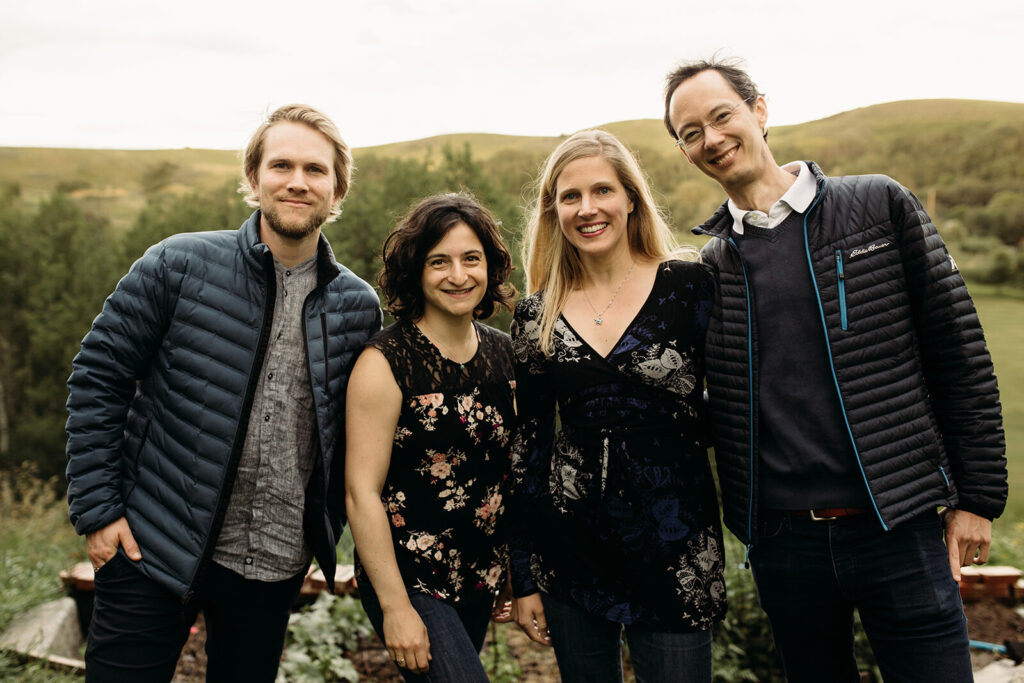
It was then the turn of the Garneau String Quartet, and they programmed a work by a composer whom I suspect will be little known to a majority of the audience, even though she was one of the finest women composers of the 20th-Century. Grażyna Bacewicz was born in Poland in 1909, and she started composing in an essentially neo-classical idiom. In the 1950s she became influenced by Bartók, combining the Hungarian composer’s expressiveness and sense of drama with the 12-tone techniques that were being rediscovered in Poland. From 1960 she developed a more avant-garde idiom, still expressive, often dramatic, and sometimes with almost impressionistic effects, but retaining that neo-classical sense of order. She died, relatively young, in 1969, and her works are now thankfully getting much better known, and have been quite widely recorded.
Her seven string quartets date from 1939 to 1965, and exemplify the gradual changes to and development of her different stylistic periods. The Garneau chose the first, premiered in Paris in April 1939, where Bacewicz, herself a fine violinist, was studying with the celebrated Hungarian violinist Carl Flesh. The manuscript was then lost, and didn’t reemerge until a copy, dated by the composer ‘Warsaw 1930’, was published in 1938.
It starts of in tonal uncertainty, but quickly settles down to a neo-classical sense of propulsion – the Garneau produced some effective tonal shading in the snatches of more ghostly passages. That more miasmic element and the tonal uncertainty return in the second movement, which is a theme and five variations based on a Lithuanian folk song (in the song the singer tries to persuade a desiccated and leafless apple tree to ‘flower, flower’). Its relative lack of structural cohesion probably reflects the student origins of the work. The short final vivo is a wonderful movement, full of the momentum and drive that had been hinted at in the first movement. Surely Bacewitz was thinking of a train journey in this music – the rhythms are those of the steam train chugging along, of the clickety clack of the wheels, punctuated by musical snatches of passing scenery, and with the metres being momentarily interrupted exactly as in a train.
The Garneau gave a really convincing performance of the work, more varied in colour and tone, more expressive of the rhythmic flow, than the two commercial recordings I know of. I do hope they might give us more of her quartets in the future.
Pianist and string quartet came together after the intermission to give a scintillating performance of one Dvořák’s finest compositions, the Piano Quintet No.2 in A major, Op.81. It is one of those rare works that is genuinely weighty – indeed the mighty first movement could almost stand on its own – but at the same time almost entirely lyrical and joyful throughout. The Garneau, in the modern style, are an energetic and passionate quartet, and their approach really does suit this work. Cheng, on the other hand, showed a quite different side of her art, completely and sensitively merging into the quartet – a wonderful balance throughout – establishing after the cello opening a very romantic approach that entirely suited the Garneau’s passion. The headlong run to the end of the final movement worked perfectly, a fitting end to an enjoyable concert.

